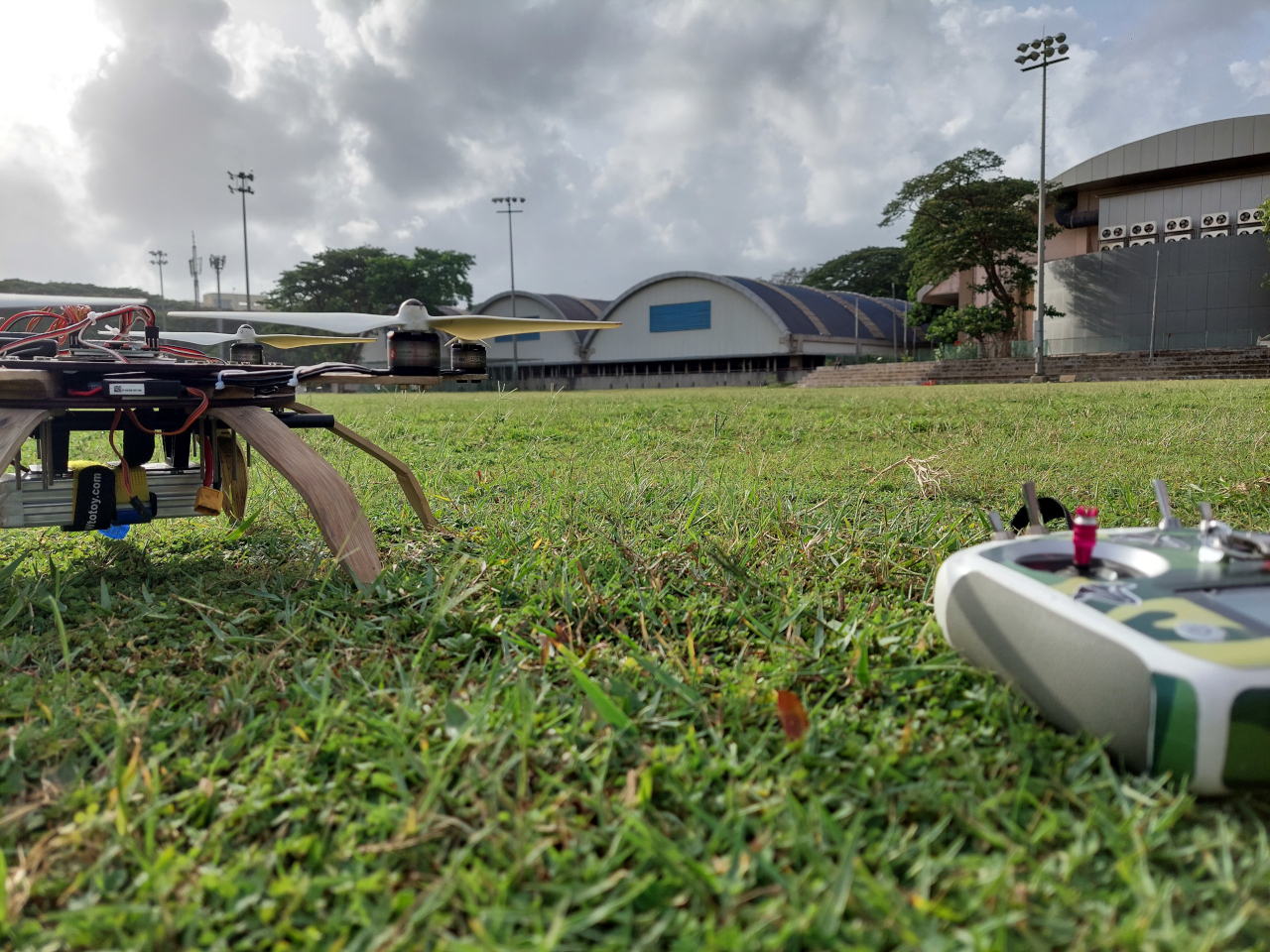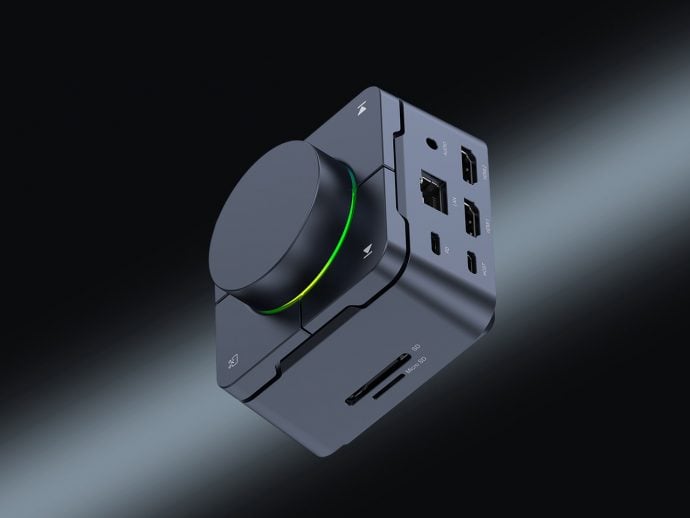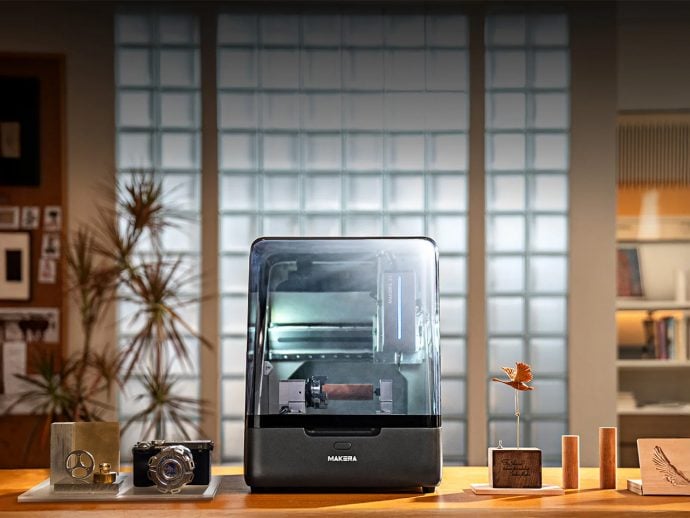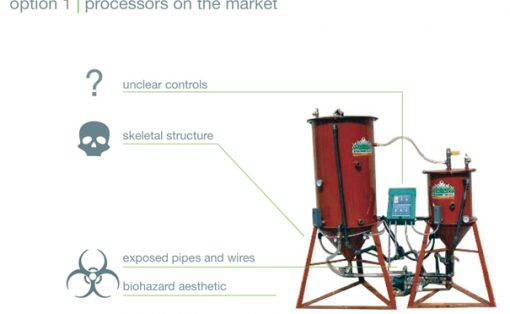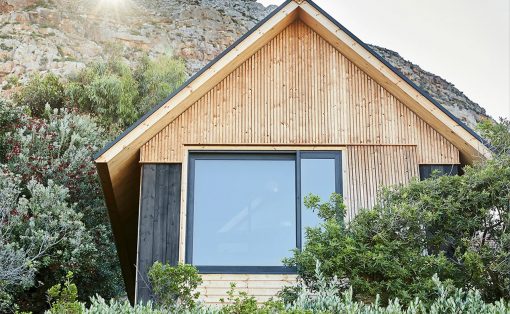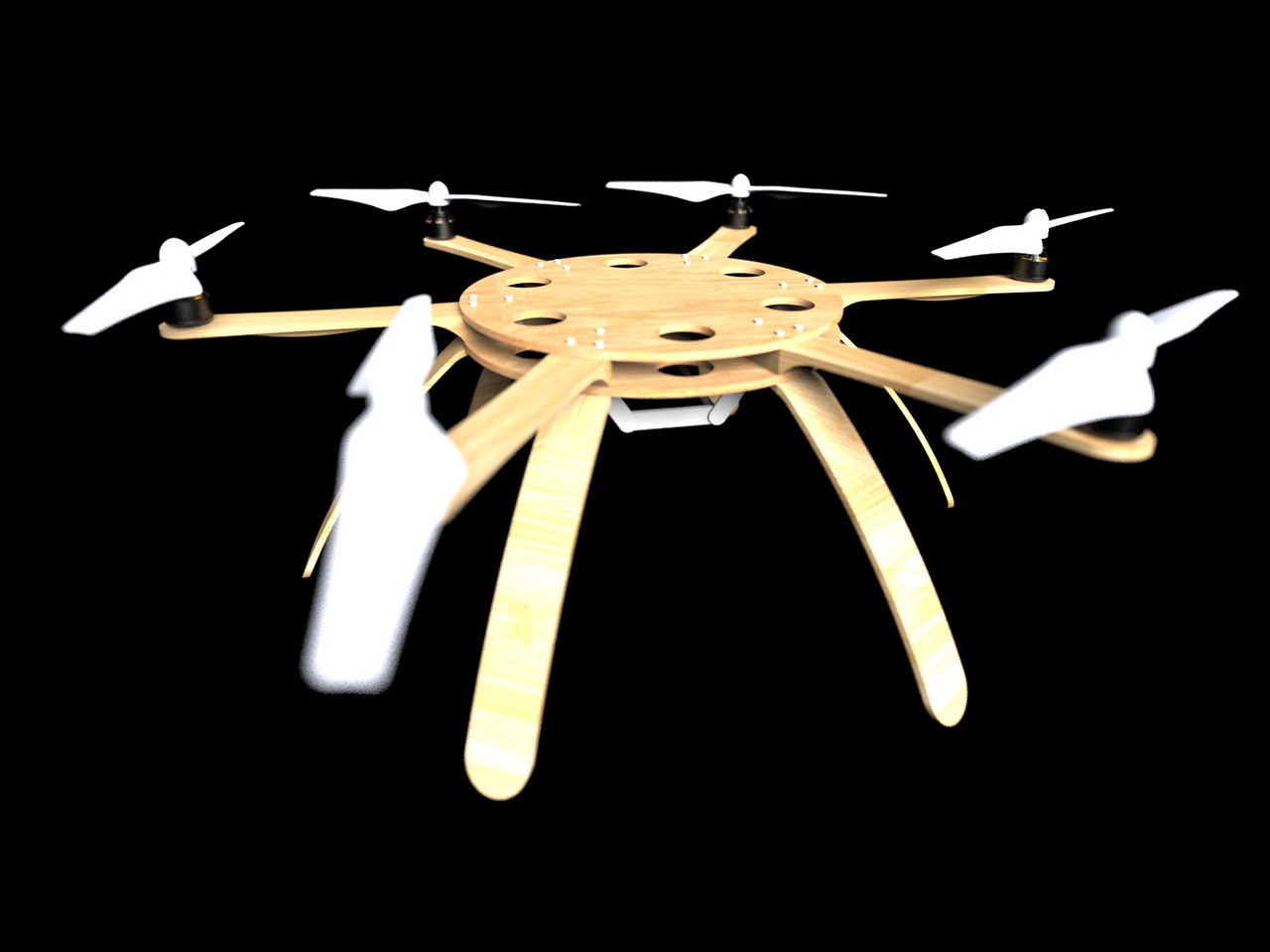
Some see them as annoyances and others consider them as privacy and security risks. That said, flying drones, just like their quadruped terrestrial counterparts, will inevitably be a part of our near future. That does mean there will be more mass-produced drones, more than what we already have today, and the materials used to make them aren’t always accessible or sustainable. But just as plastic is being replaced in other design industries, there’s also an opportunity to test other materials that are just as suitable for these flying robots. One experiment does exactly that, and it chooses a rather unexpected option that’s much loved in the design industry: wood.
Designer: Deepak Dadheech
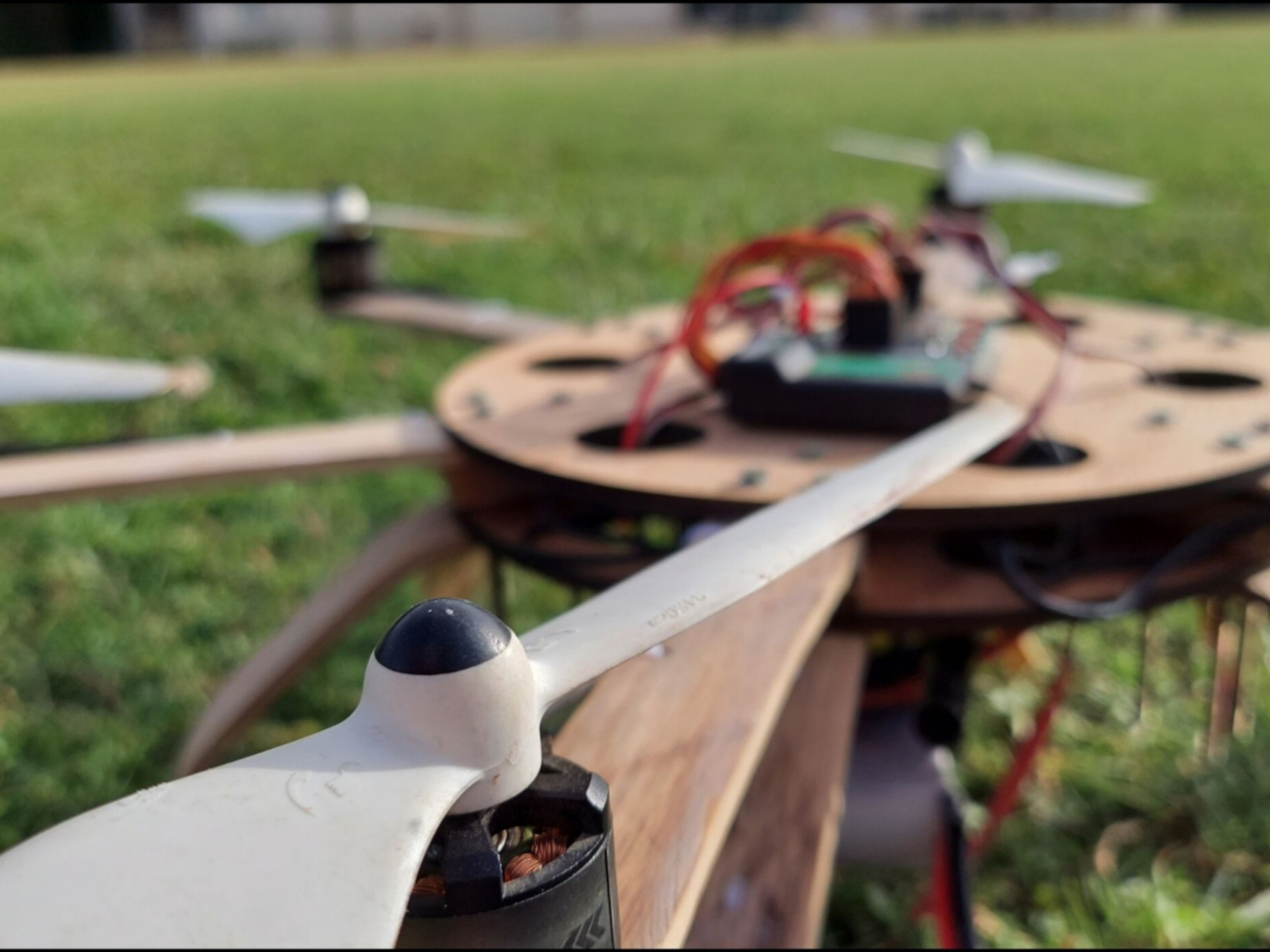
Wood is not something you’d immediately associate with electronics, let alone robotics, but it is finding its way to more appliances and gadgets. In those cases, the material is prized for its sustainability and aesthetics, the latter of which isn’t exactly a priority among unmanned aerial vehicles or UAVs like drones. That said, not all wood is created equal, and one particular type could very well be suitable for the demands of a drone.
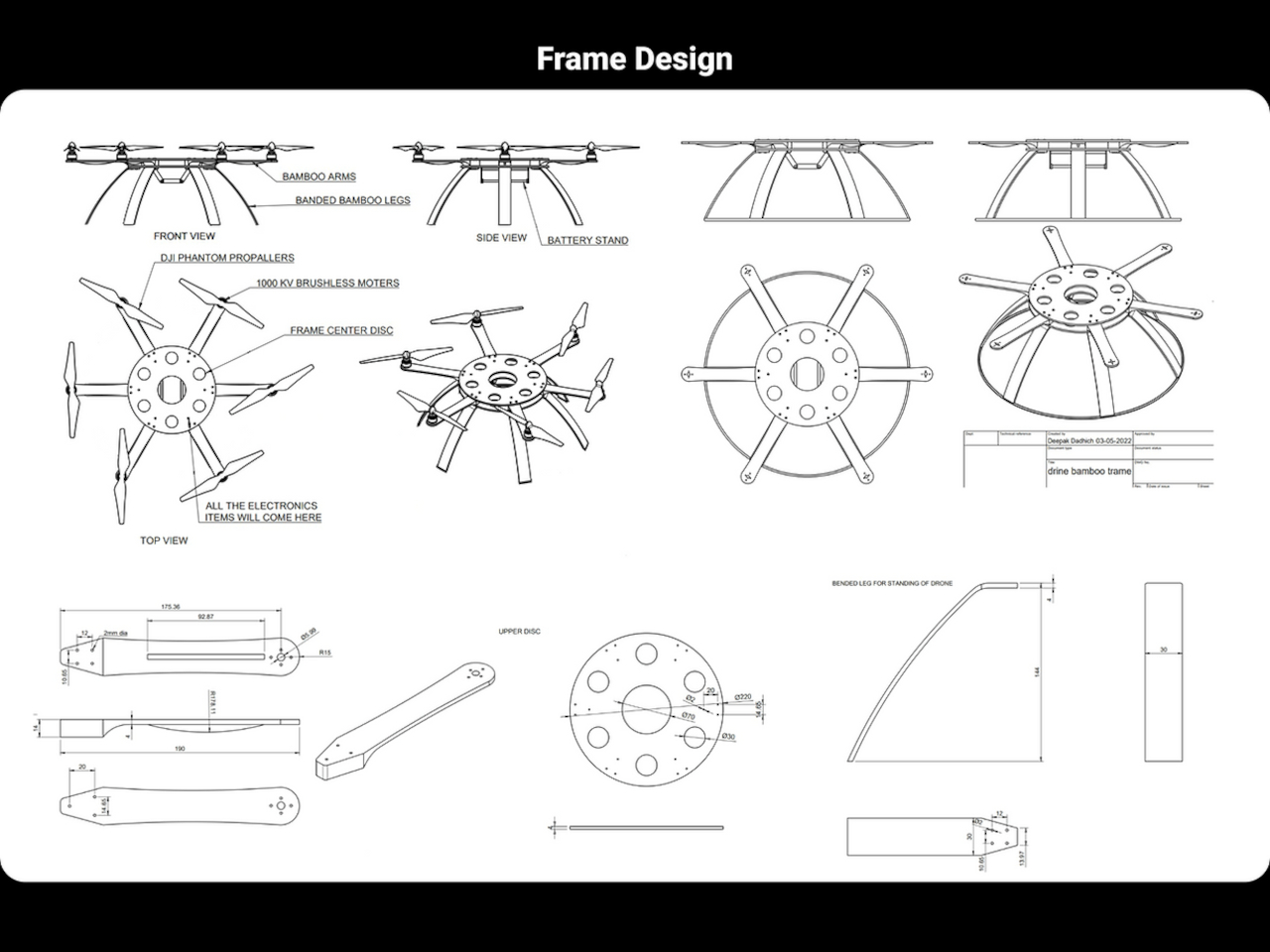

Bamboo, in particular, is known for being lightweight yet also durable, especially when it comes to its tensile strength. Unlike hardwood, which could splinter and break on impact, bamboo can absorb a bit more strength. It’s also in high supply or easily renewable, unlike other trees that take a longer time to mature. Because of these properties, it could make for a good substitute for both plastic and carbon fiber, as the Bamboo hexacopter drone demonstrates.
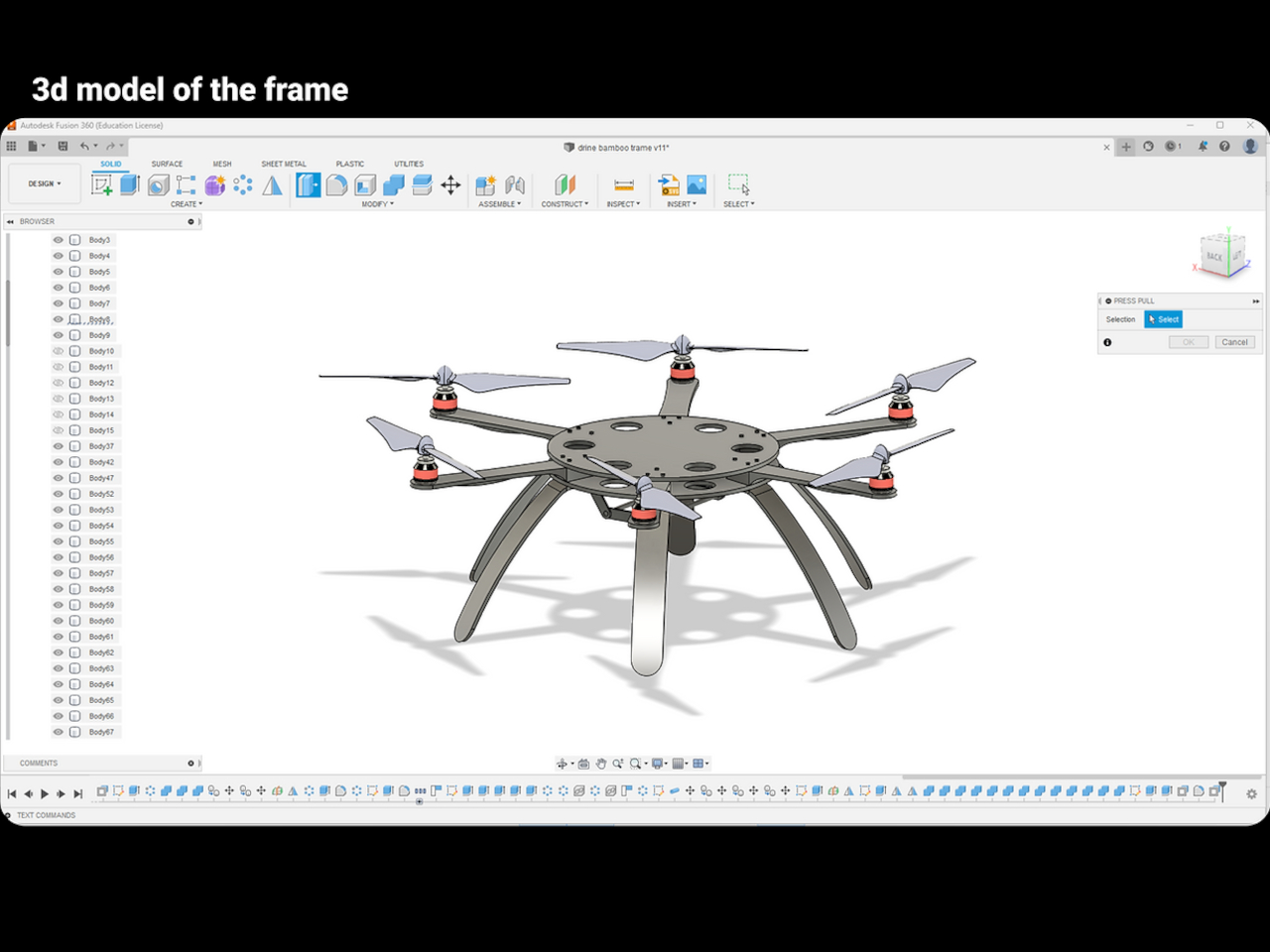
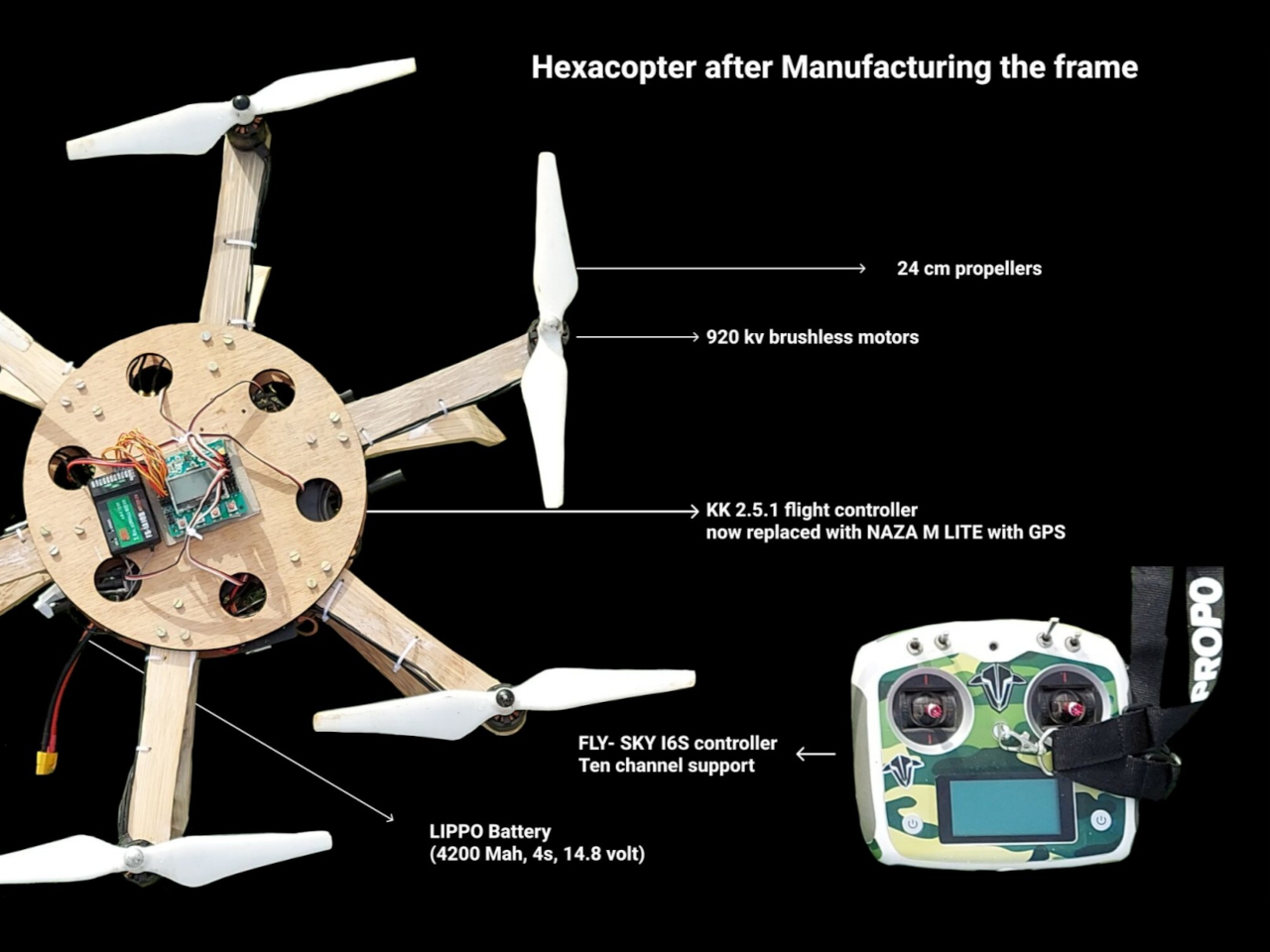
Of course, the whole drone isn’t made of bamboo. In addition to the circuitry and brushless motors, the propellers are still made from plastic. Only the main frame, legs, and arms use bamboo, which is the largest use of plastic or carbon fiber in drones anyway. For only around $12 worth of bamboo, you can have a drone that weighs only 350g, half that of typical plastic builds.
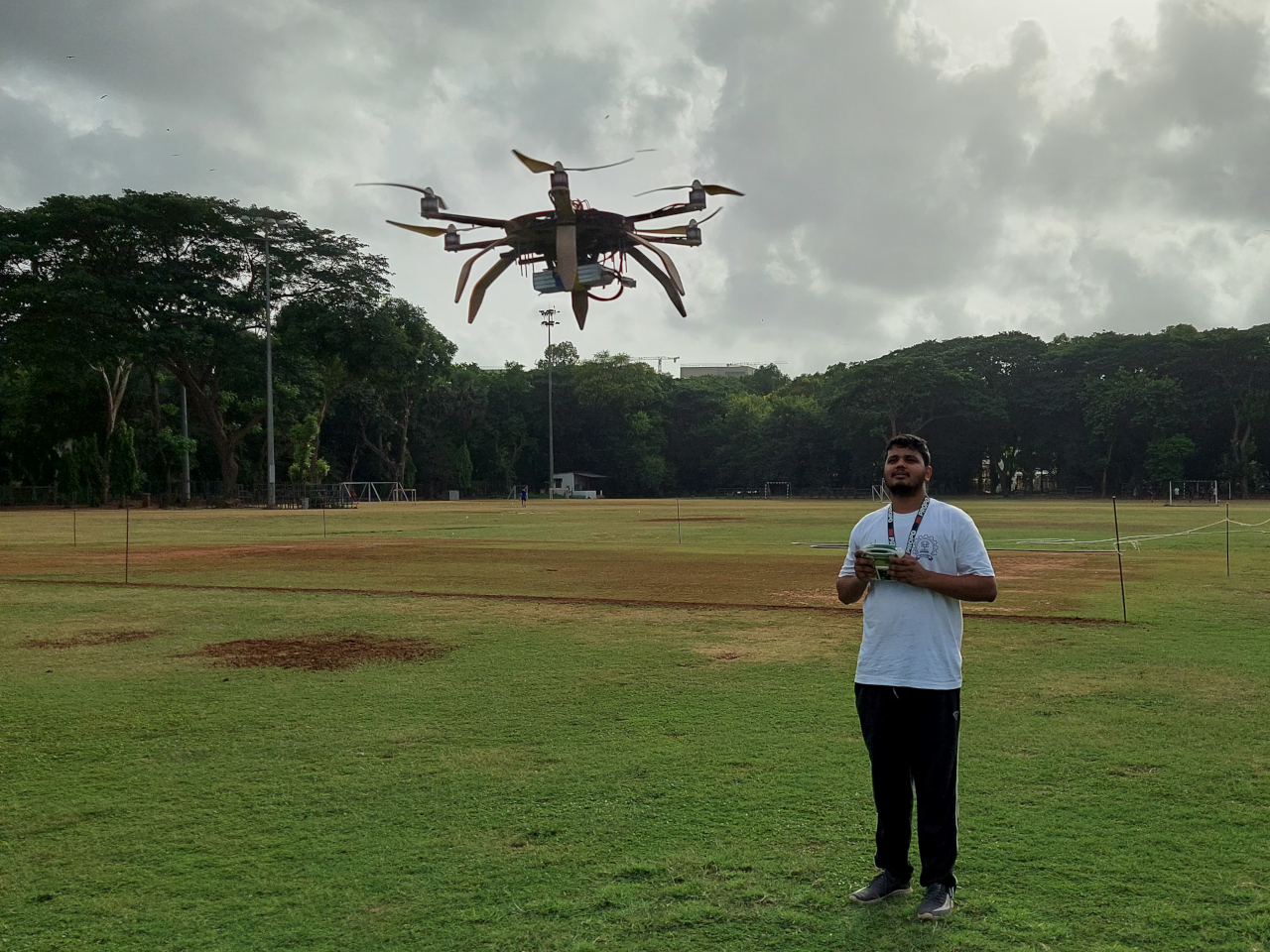
The question, however, is whether such a strategy will actually be effective or if it will have too many compromises for the sake of sustainability. The Bamboo Drone does fly indeed and it can, in theory, carry light payloads like tools, emergency supplies, or scientific instruments. How it will fair against strong winds and light rain has yet to be tested, and that will really determine how suitable bamboo will be for a fleet of drones.
